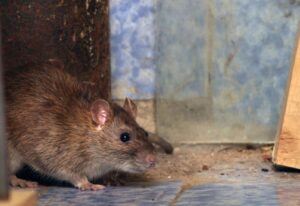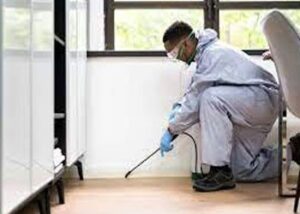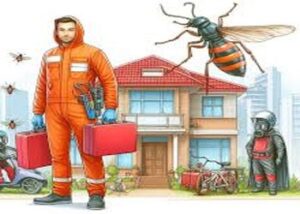To protect residential and commercial premises from the possible health hazards and structural damage that pests can cause, pest control is essential. Maintaining a clean, safe, and healthy environment is crucial for the good of the entire community, and effective pest management plays a major role in this.
The Function of Pest Management in Maintaining a Healthful Environment
Health Dangers Caused by Insects
Many pests can seriously endanger the health of both people and pets, which emphasizes how crucial efficient pest management is to preserving a safe environment. The following are a few possible health risks:
Disease Transmission
A variety of diseases, including the viruses that cause Lyme disease, the virus that causes West Nile disease, dengue fever, and Zika virus, can be spread by pests like rats, mosquitoes, and ticks. Moreover, rats and mice are well-known hosts of germs that cause leptospirosis and salmonella.
Allergens and Asthmatic Triggers
Dust mites and cockroaches, among other pests, release allergens that can induce allergic reactions or cause asthma episodes. The WHO states that one of the main risk factors for the onset of asthma in urban areas is cockroach allergens. – Venomous Stings and Bites: Wasps and spiders are examples of venomous insects that can produce allergic reactions, excruciating pain, and swelling. If bites and stings are not treated, they can sometimes put a person’s life in danger.
Preserving Food Sources and Reducing Waste
Pests have the potential to seriously harm the food supply and create contamination in the food business and agriculture sector. Good pest management techniques help prevent food waste and guarantee that consumers have access to a clean, safe supply of food:
Prevention of Meal Contamination
Bacteria and germs can be transferred to food and surfaces used in food preparation by pests such as cockroaches, rats, and flies. Businesses may uphold a high standard of food hygiene and safety by successfully managing these pests.
Reducing Food Spoilage
Rodents and insects can seriously harm crops and food supplies that have been stored, resulting in waste. Insect-resistant packaging and fumigation are two examples of termite control techniques that can help conserve resources and lessen spoiling.
Property and Structural Protection
Both residential and commercial buildings may sustain serious structural damage as a result of pest infestations. Buildings can be shielded from harmful effects by using appropriate pest control measures:
Preventing Wood Damage
The solidity of a building can sustains significant damage from termites alongside other wood-eating bugs. Such problems can be avoided, and routine inspections and maintenance can support the preservation of a property’s stability and value. For the protection and security of an asset in these circumstances, effective pest management is essential.




